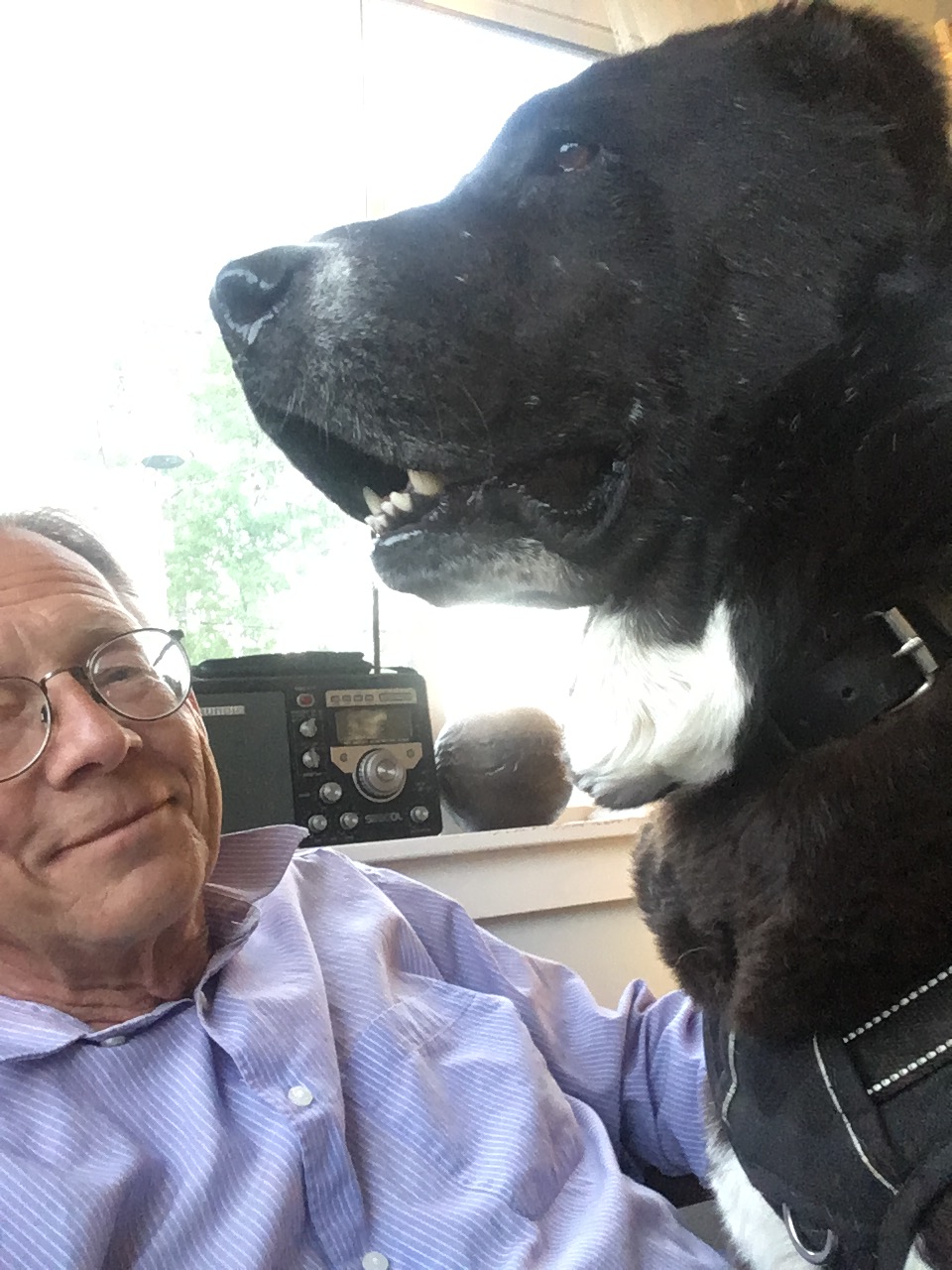Whenever I see patients in an unfamiliar environment I cringe at the frequent lack of my basic favorite supplies. I like technology very much, in spite of my age and reputation for being old school. I was the one who got us to buy pocket Dopplers for both of my clinics one and two decades ago, respectively, for example.
I mean, I see patients being referred out and presumably charged money for measuring ABIs, ankle brachial index, which take two minutes to do by yourself with a blood pressure cuff and a pocket Doppler. That’s how I quickly and reliably documented two cases of critical leg ischemia, once in each of my clinics; it took longer to walk down the hall to get the equipment than doing the test.
And, gosh, how can you assess a struggling asthmatic without measuring their wind speed; how can you distinguish conductive from sensorineural hearing loss; how can you detect peripheral neuropathy without a tuning fork (vibration is a more sensitive indicator than light touch) and how in the world can you tell patients to ask their pharmacist or Dr. Google for something with a tongue twister name or peculiar spelling without writing it down on something? (Remember, we no longer carry prescription pads.)
The tuning fork is a particularly handy little thing, useful for its sound, vibration and temperature – most of the time it feels cool to the touch. Not bad for a cheap item that fits in your pocket. And, yes, I have also sometimes used it as a poor man’s reflex hammer.
And, of course, I have to admit that I still use my stethoscope an awful lot, not just to look professional, but even though I’ve had a certain amount of trouble getting insurance companies to pay for Doppler ultrasounds when I detect one, I still listen for carotid bruits. I also listen for renal artery stenosis, inguinal bruits and, yes, heart murmurs.
Close to my stethoscope on my list of tools is my iPhone. I use epocrates as my medication reference, GoodRx for price checks and occasionally coupons, AHA’s cardiovascular risk calculator when interpreting lipid results and Google for finding articles and pictures to show or print (down the hall) for my patients.
 One of my favorite Google stories is when I saw a woman with a curious brown reticular looking rash on her thigh. I knew I had seen pictures of something similar before but couldn’t remember what it was. By simply typing “brown reticular rash” in Image Search, this time on my laptop, I instantly had the name and clinical information for me and a picture of the rash to show the patient: ERYTHEMA AB IGNE.
One of my favorite Google stories is when I saw a woman with a curious brown reticular looking rash on her thigh. I knew I had seen pictures of something similar before but couldn’t remember what it was. By simply typing “brown reticular rash” in Image Search, this time on my laptop, I instantly had the name and clinical information for me and a picture of the rash to show the patient: ERYTHEMA AB IGNE.
 And speaking of iPhones, I do make calls from the exam room, in front of the patient, to pharmacies and occasionally other parties to straighten things out on the spot. But for making calls, I actually prefer my old flip phone. The sound quality is better and it sits better in my hand and by my ear.
And speaking of iPhones, I do make calls from the exam room, in front of the patient, to pharmacies and occasionally other parties to straighten things out on the spot. But for making calls, I actually prefer my old flip phone. The sound quality is better and it sits better in my hand and by my ear.
So, maybe I’m a bit old fashioned after all.











“I actually prefer my old flip phone. The sound quality is better “—–and analog sound quality was much better than digital. Who is deciding that we “need” the new ‘Y’ system when the ‘X’ was working fine. Who decided that we now need 5G and all its increased costs and associated costs?
Thank you for sharing!